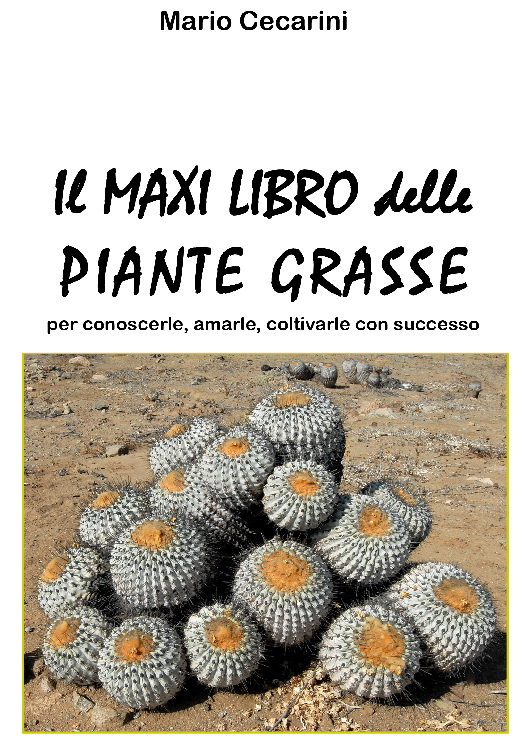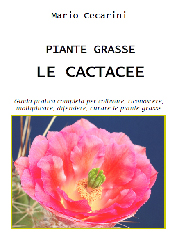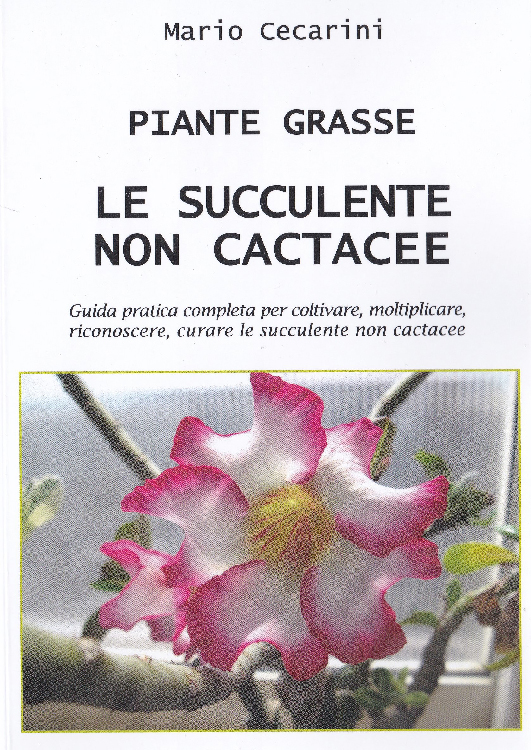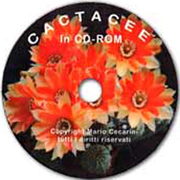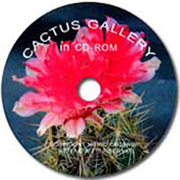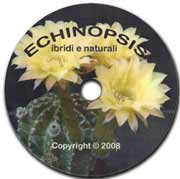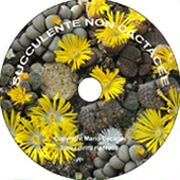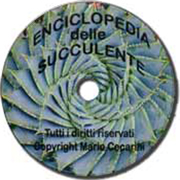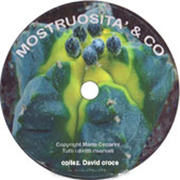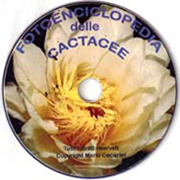Subfamilies: CRASSULOIDEAE, SEDOIDEAE, COTYLEDONOIDEAE, KALANCHOIDEAE, ECHEVERIOIDEAE, SEMPERVIVOIDEAE. According to some botanists only two of them are to be considered subfamilies:the Crassuloideae and the Sedoideae; the latter should be then divided into two tribes, Kalanchoeae and Sedeae divided in turn into subtribes.
Habitat: South Africa, Madagascar, the Mediterranean, the Canary Islands, Europe, Mexico. These plants, quite popular among growers, are widespread in the wild and occur in diverse habitats, from deserts to swamps, from the torrid heat to the glacial cold, concentrated mainly in warm and dry areas. They have adapted to many different environments and managed to survive very harsh conditions developing sophisticated strategies such as the CAM cycle.
Description: these plants may be covered with hairs, sometimes soft and woolly to the touch, or have a powdery, waxy, witish bloom on the surface (pruinose). They come in a variety of forms, colours and leaf shapes. Generally the flowers have a definite number of sepals and petals, stamens and carpels; the fruit is a follicle. Some species are winter-flowering, others bloom in the spring or late summer. Most European species are hardy. Some can be annual or biennial.
Soil: basic mix; species with climbing or shrubby habit need a large container.
Location: they enjoy a very bright site, normally in full sun, and fresh air during growth.
Temperature: tropical and subtropical species need to be kept at a minimum between 7 and 10°C (45-50°F) particularly when it comes to Madagascar’s species.
Water: average, but should the temperature be 8°C (46°F) or above sprinkle some water from time to time to avoid water stress.
Cultivation tips: easy; seeds may be collected by wrapping the inflorescence in some paper or fine net but they are somewhat difficult to germinate. The use of the insecticide ‘Malathion’ damages the leaves because it dissolves the waxy cuticle; use systemic products which enter the plants via the roots (Orthene for example). They’re easily propagated by stem or leaf cuttings (a whole leaf or a piece of it). The leaves may turn a purplish or brownish red as a response to strong light when grown in full sun. The species that develop stems with a woody base are summer-growing and should be kept dry at a minimum of about 8°C (46°F). On the other hand, the species with a succulent stem grow during the winter and rest in the summer so they need a bright site and not too low winter temperatures while they should be kept dry during the warm months. Herbaceous species require bright indirect light and little water all year round.
Main genera of Crassulaceae: Adromiscus (winter-resting, Namibia and South Africa), Aeonium, Briophyllum (easy to propagate by rooting plantlets formed on the edges of the leaves called propagules), Cotyledon, Crassula, Dudleya, Echeveria, Graptopetalum, Greenovia, Jovibarba, Kalanchoe (minimum temperature 10°/50°F), Monanthes, Orostachys, Pachyphytum, Sedum (can be grown outdoors), Sempervivum, Tacitus, Tylecodon (winter-growing; supply water when the new growth appears then stop when the leaves are shed), Umbilicus.




